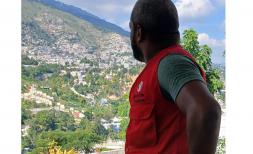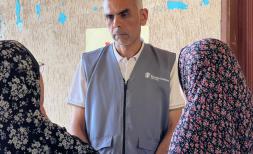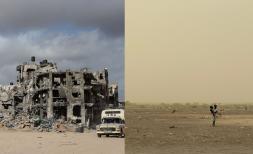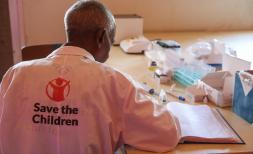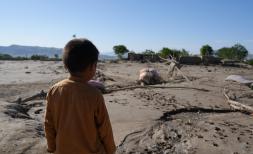A day in the life of Nariman: our case worker in Syria
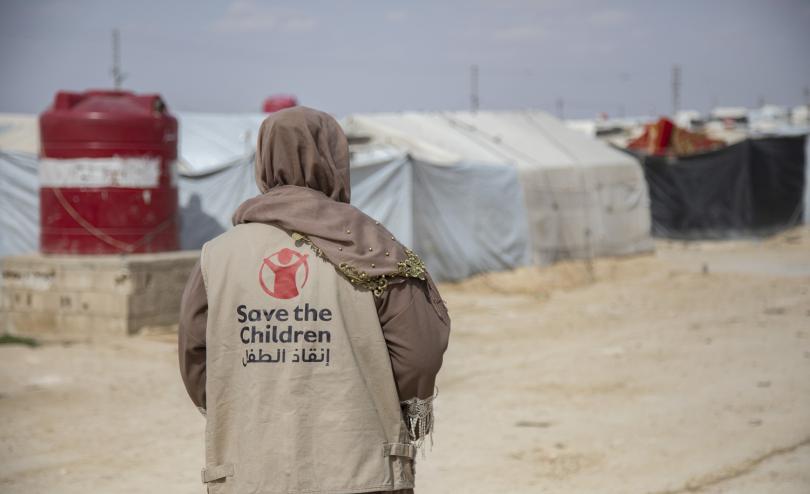
Nariman is one of our dedicated case workers, based in the Save the Children office in Al Hasakah, Syria. Nariman works to give some of the world’s most marginalised and vulnerable children the support they urgently need.
When we spoke to Nariman, she took us through a typical work day for us.
6.30am: It’s a cold morning and I’m waiting outside my house in a small town in North East Syria on the Turkish border. The van will pick me up for the 90-km trip to Save the Children’s office in Al Hasakah city. I travel there every day, but my trip won’t end in Al Hasakah this morning – I’ll be picking up my travel permissions and work-related papers. Then I’ll be off to Al Hol camp south of the city.
Visiting Al Hol isn’t easy. It’s the biggest camp for displaced people in Syria, with more than 62,000 residents. It’s very overcrowded and complex. Al Hol hosts Syrian internally displaced persons, Iraqi refugees, and ‘third country nationals’. These are people from all over the world who came to Syria in different stages of the conflict to join an extremist group – ISIS.
My obvious concern is always the children – around 40,000 children live there. Most have survived great trauma; they have never known a life without conflict.
My particular responsibilities are children who have no family members with them. Some are in Save the Children’s Interim Care Centre which I supervise. I work to make sure they have everything they need and that our caregivers are providing it.
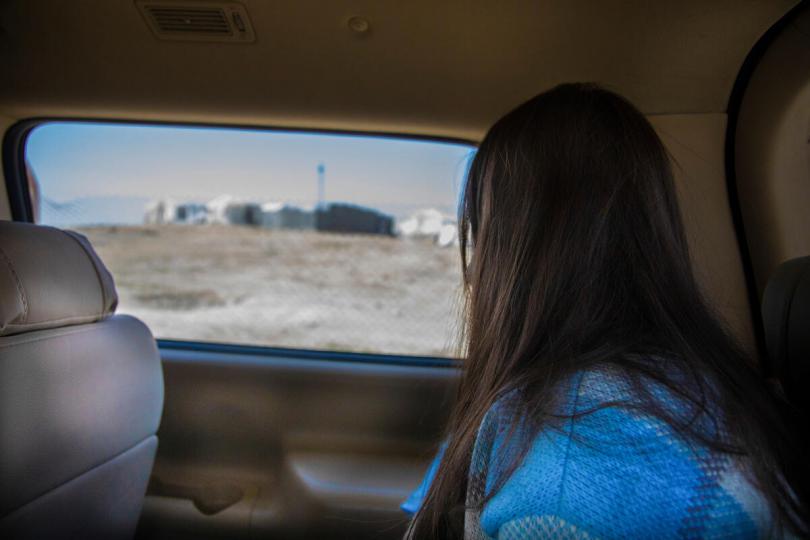
8:30am: At the camp entrance, we join a queue of around 20 vehicles. They are a mix of NGOs like us, water tankers and trucks bringing in staples and vegetables. Security is very tight today as usual. The camp is home to families with perceived links to ISIS and there has been quite a lot of violence. Finally, our permissions are checked and we go in.
9:45am: We park by Save the Children Interim Care Centre. It’s an enclosed space with an office for our staff, caravans where the children live, a playground with a seesaw, slide and swings etc. It is home for orphaned, separated and unaccompanied children. We make sure the centre is a safe, caring space for them; there are facilitators who watch over them 24/7. Some of the children have suffered great trauma – they have witnessed bombardment and killings, and some have lost loved ones.
I am always amazed that despite the hardship and sadness the children have endured there are still usually smiles for me and my team.
I have known many of them for 1.5 years now and most like to come to me for a hug. Their friendship and trust are humbling; it makes me determined to do my best for them. Play is a good way to see how they are behaving and feeling, so the facilitators and I play tug of war and other games for about 20 minutes. Then I conduct sessions for the two children we have been concerned for.
11:30am: I arrive at a camp section called ‘The Annex’, which is home to more than 10,000 third country national women and children. Conditions in Al Hol camp in general and The Annex are poor. In late 2018, a military campaign to re-take control of the last pockets of ISIS-held areas was launched. Because of this, camp resident numbers quickly soared from 10,000 to 73,000.
The camp wasn’t prepared to deal with this huge influx of people. Most were women and children – and Al Hol is still struggling to meet their basic needs. There is no proper health care and children have died from preventable causes.
One of the most difficult camp memories for me is eight children under five years old dying in five days in October last year.
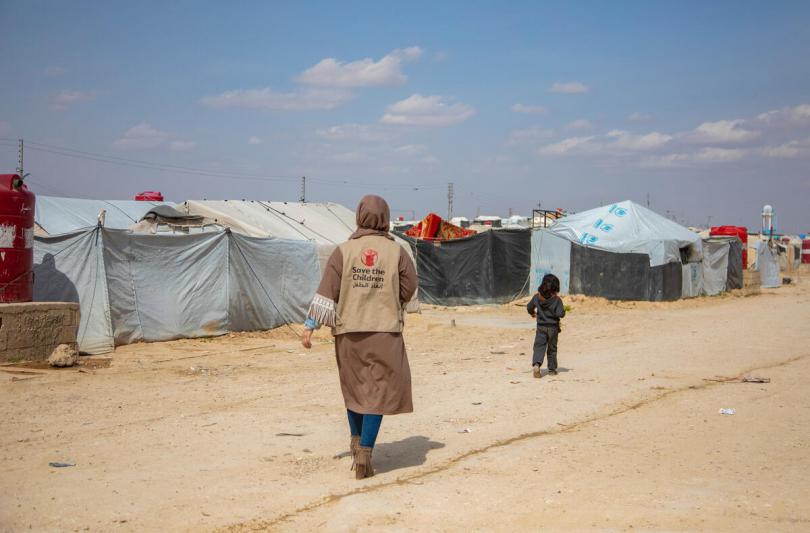
The other big heart-breaking issue about The Annex is that the origin countries of those women and children don’t want them back. Some have been in the camp for years dreaming of being repatriated. I’m especially concerned about the children. It’s so sad because they are growing up where they shouldn’t, in an unhealthy environment, away from their own countries and, in many cases, away from their families.
The Annex can be tricky to visit and work in – sometimes it feels unfriendly. I understand that emotions can run high and it happens because people can feel suspicious, resentful and disaffected all at once. This is why it’s important to not take it personally and do my best to listen and offer trusted and practical advice and help. This is the only way to gain acceptance.
We’re here today because we have had three referrals. Referrals happen when other Save the Children colleagues identify any child protection risks throughout their work. My team and I are then assigned to conduct an assessment to confirm whether the children need case management intervention or not. We give our permission papers to the guard at the gate and go in. We meet with the children who have been causes for concern.

1:30pm: Time to leave the camp – we think… But I check my phone and there are many missed calls from my line manager. He tells me to return to The Annex – there is a child who can be repatriated. I must tell him the good news and take him to the main gate where camp administration officials will deliver him to officials from his country.
The little boy’s face shines with excitement when we say he can leave The Annex. He quickly gathers his few possessions and hugs his caregiver and her daughter. He turns back to wave them goodbye many times until they are not visible anymore. His happiness is contagious, and we feel so rewarded for helping him.
5:30pm: I am back home. My mother is waiting for me to start eating dinner. This week has been good. I’m reminded of the joy on the little boy’s face who we helped repatriate, the children on my case management list who are doing OK despite their hardship. Such thoughts are great motivators.
I’ve worked with Save the Children since 2017; it can be tough and heart-breaking at times, but I thoroughly believe in what I do – the rewards are in the children I meet and try to help every day.
